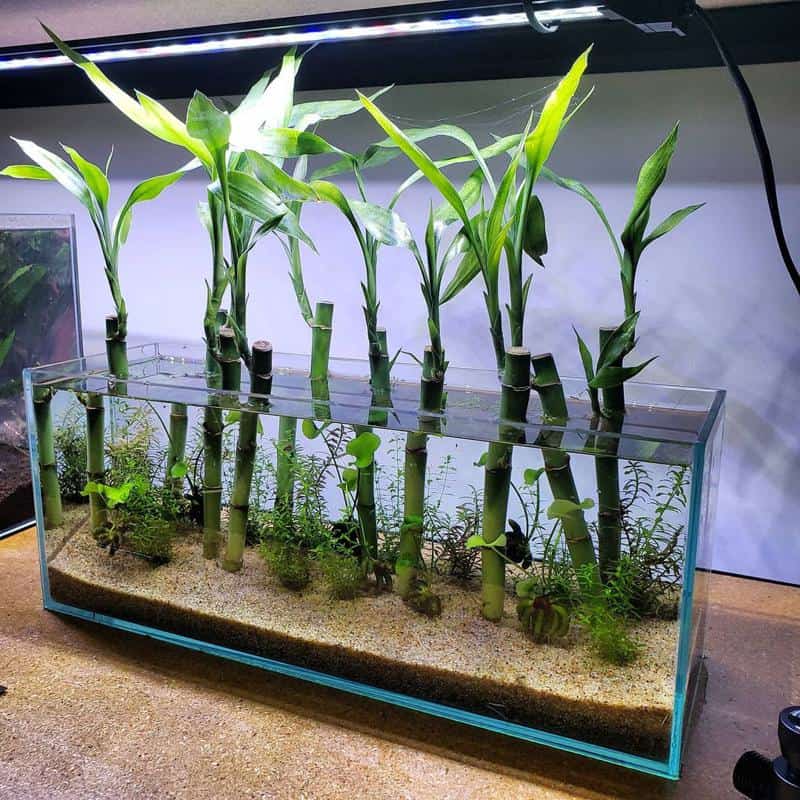Divinityinlove
Fish Crazy
I finally rehomed the two goldfish from this 60l tank to kingfisher aquatics in Enfield because they have loads of indoor ponds and I knew they'd have plenty more space livable longer term until they are purchased for an outdoor pond.
I bought these plants, 4 for £10 from the same pond shop, very good price and great quality! I plan to move my female betta into this 60l from her current 30l tank so she can have more space. I cleaned it out and planted these. Gonna wait for a while for the water to get clean as the goldfish were such big waste producers and this tank had brown algae on all stones. Snails became very inactive in this tank, unsure why. They were forever out of the water on the lid, above water line etc not sure what they disliked. Maybe the temp at 22°C too low?
Few questions:
Anyone experienced with dracenas under water know if they'll do well in hard water without any extras? Just liquid ferts?
How long should I wait before adapting the betta? I did a 80% water change because my vacuum/fluval siphin had one of its moments where the pump wouldn't suck up and I couldn't clean it out as well as I'd like. Anyone know why sometimes the siphon with pump acts up and won't suck?? I cleaned out the pump, it is super clear inside. Just water won't go up when I pump. Super frustrating! I don't want to buy a new one if it's a silly reason that can be fixed.
Lastly, for this 60l tank with 30 height and 60 width... I've got a 6.5W light with white and blue LEDS. Can anyone recommend a tube light that'd do better for these plants to really boost?!
Thank you gracious aquarists.

I bought these plants, 4 for £10 from the same pond shop, very good price and great quality! I plan to move my female betta into this 60l from her current 30l tank so she can have more space. I cleaned it out and planted these. Gonna wait for a while for the water to get clean as the goldfish were such big waste producers and this tank had brown algae on all stones. Snails became very inactive in this tank, unsure why. They were forever out of the water on the lid, above water line etc not sure what they disliked. Maybe the temp at 22°C too low?
Few questions:
Anyone experienced with dracenas under water know if they'll do well in hard water without any extras? Just liquid ferts?
How long should I wait before adapting the betta? I did a 80% water change because my vacuum/fluval siphin had one of its moments where the pump wouldn't suck up and I couldn't clean it out as well as I'd like. Anyone know why sometimes the siphon with pump acts up and won't suck?? I cleaned out the pump, it is super clear inside. Just water won't go up when I pump. Super frustrating! I don't want to buy a new one if it's a silly reason that can be fixed.
Lastly, for this 60l tank with 30 height and 60 width... I've got a 6.5W light with white and blue LEDS. Can anyone recommend a tube light that'd do better for these plants to really boost?!
Thank you gracious aquarists.


